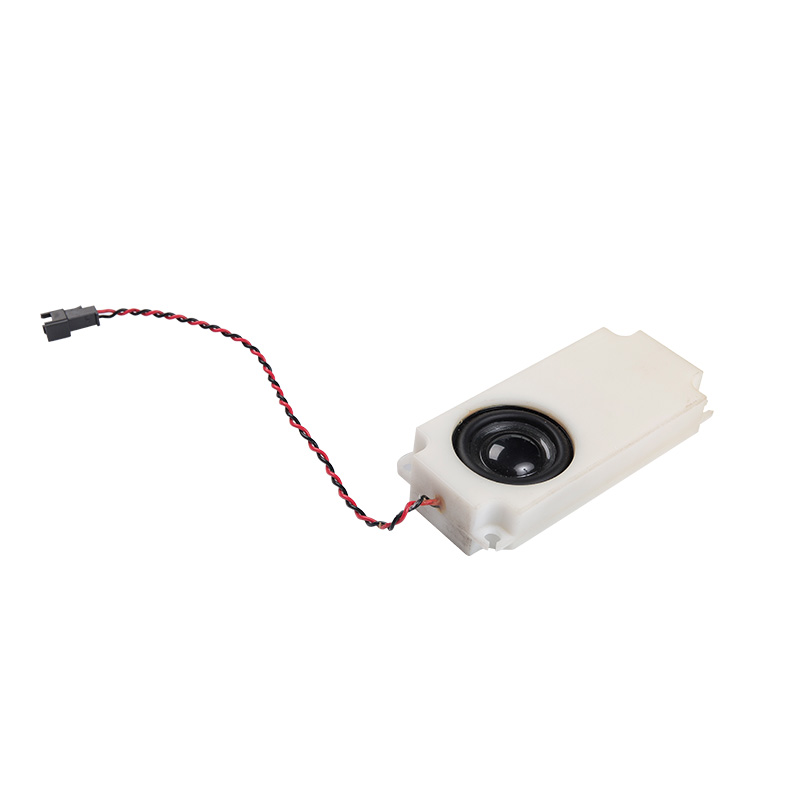The principle behind achieving the best bass response in a ported enclosure used by an Appliance Speaker Box is based on the concept of tuned resonance and acoustic impedance. Ported enclosures, also known as bass reflex enclosures, utilize a carefully designed port or vent to enhance low-frequency performance. The port is acoustically tuned to work in conjunction with the speaker driver to produce deep and extended bass response. Here's how it works:
1. Tuned Resonance:
- The ported enclosure is engineered to create a resonant system where the air within the enclosure and the air in the port interact acoustically.
- The length and diameter of the port, along with the internal volume of the enclosure, are carefully calculated to establish a specific resonant frequency.
2. Acoustic Impedance Matching:
- The port serves as a tuned resonator that is acoustically coupled to the motion of the speaker driver.
- As the speaker driver moves, it creates pressure fluctuations within the enclosure. These pressure fluctuations cause air to move in and out of the port.
3. Phase Alignment:
- The air movement in the port introduces a phase shift in the low-frequency sound waves radiated from the driver.
- The phase relationship between the driver's sound waves and the sound waves produced by the port contributes to reinforcing certain frequencies and enhancing the bass response.

4. Bass Extension and Efficiency:
- The resonating effect of the port extends the low-frequency response of the speaker system beyond what the driver alone could achieve.
- The port assists the driver in moving air efficiently at low frequencies, resulting in greater bass output without requiring excessive driver excursion.
5. Pressure Relief and Reduced Distortion:
- The port helps to release excess air pressure that may build up inside the enclosure during large driver excursions, reducing unwanted distortion.
- By redirecting air through the port, the enclosure maintains more linear movement of the driver and reduces non-linearities.
6. Tuning and Design:
- Engineering the best bass response requires careful design and tuning of the port's dimensions, including its length and diameter.
- The tuning frequency of the port should align with the natural resonant frequency of the speaker driver to achieve optimal reinforcement and output.
7. Cabinet and Port Placement:
- The placement of the port within the cabinet is strategically chosen to avoid interference with other components and optimize airflow.
- The size and position of the port can impact the overall performance of the enclosure.


 EN
EN  English
English Deutsch
Deutsch 中文简体
中文简体
